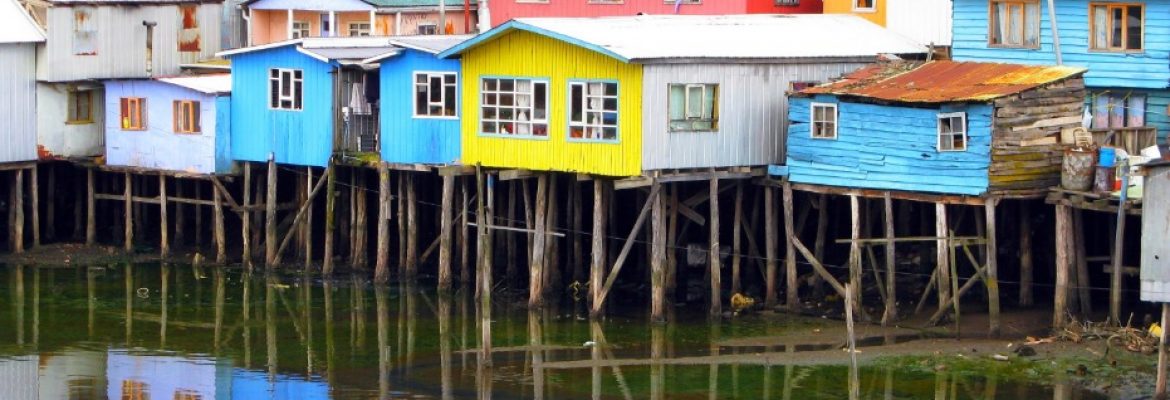Chiloé Province, Chile
Visitors who lament the supposed cultural homogeneity of Chile, or consider it too similar to their own country, obviously haven’t been to the misty, verdant archipelago of Chiloé. This group of islands evolved independently from the rest of the country and escaped much of the conforming influence of Santiago and the colonial onslaught. It then remained isolated and off the commercial route until nearby Puerto Montt was founded in the mid-19th century. Chiloé sprouted its own history and culture, unique to the islands, and is worthy of a visit for its striking regional flavor.
Forged by harsh rainy weather and the seafaring life, the differences run deep. On the surface you will see changes in architecture and cuisine: the famous Chilote wood shingles; palafitos (houses mounted on stilts along the water’s edge); more than 150 iconic wooden churches (16 of which are Unesco World Heritage sites); the renowned meat, potato and seafood stew, curanto; and a plethora of fish and shellfish dishes. A closer look reveals a rich spiritual culture that is based on a distinctive mythology of witchcraft, ghost ships and forest gnomes. The mythology shapes a world view that has guided generations of Chilote life.
About 180km long but only 50km wide, the Isla Grande de Chiloé (The Big Island of Chiloé) is the second-largest island in South America after Tierra del Fuego. Easily accessed by a short ferry ride, the island is lush with undulating hills quilted in farm patterns to the north, and blanketed in dense forest to the south. Nearly 40 smaller islands strewn throughout the gulf are even more remote, isolated and traditional.


